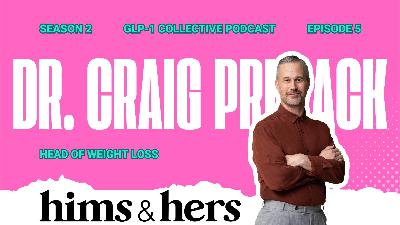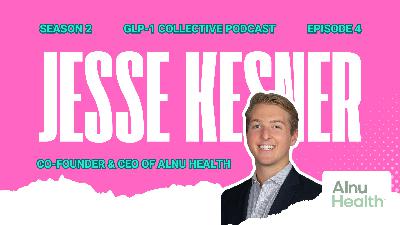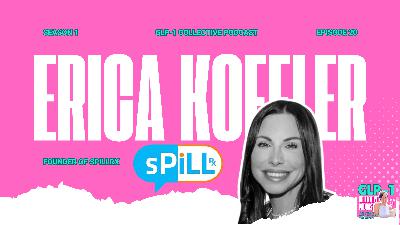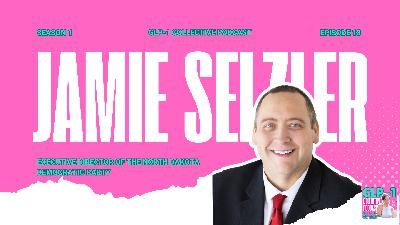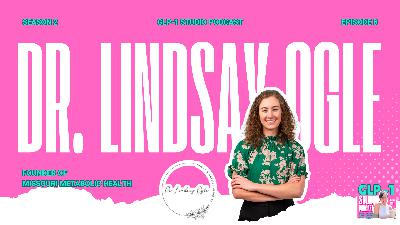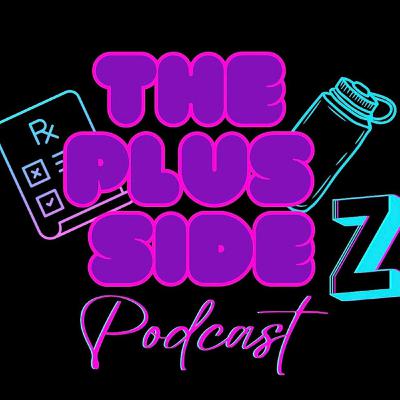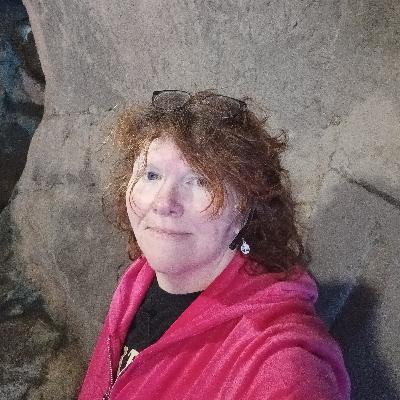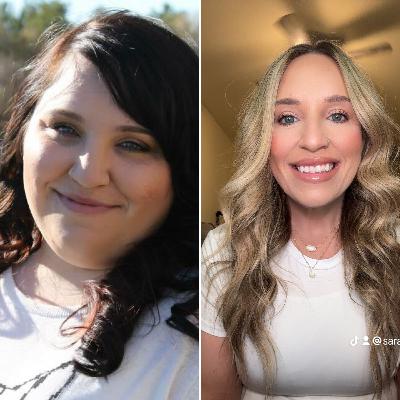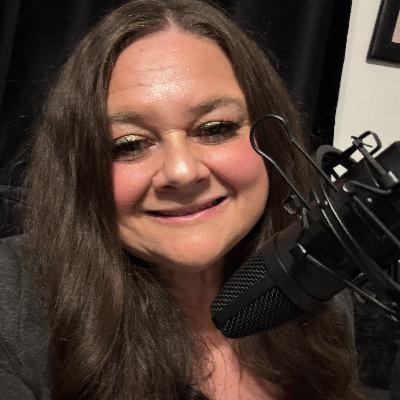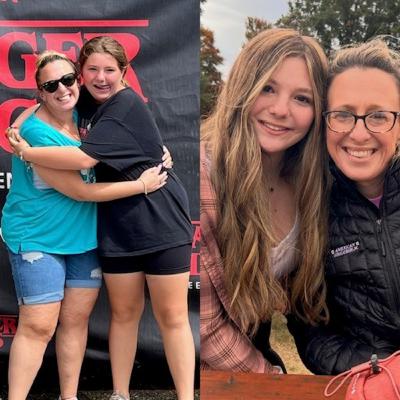"Ozempic Saved My Life" But What Happens When Coverage Stops?
Description
People reach out to me all the time, in emails, and DMs, with their tiny digital smoke signals, all carrying the same quiet, desperate heartbeat:
Please… tell me how to stay on the medication that finally gave me my life back.
Some come in hopeful. Some sound like the last exhale before slipping underwater. Every single one reminds me this isn’t a side project, it’s the line between staying afloat and being pulled under.
But when Cherie Shanholtz showed up in my inbox, her message hit different.
The subject line read:
“Desperate help needed for life-saving medication.”
Cherie’s Story: A Life Rebuilt
Cherie once weighed nearly 380 pounds.
Severe obesity.Insulin resistance.Metabolic syndrome.
All the things society labels as “choices,” when in reality her biology had been stacking the odds against her for decades.
When she finally got on Ozempic, her world bloomed like a flower and she flew out of it reborn, a little fairy with pixie dust still on her wings.
“Ozempic Saved My Life.”
Cherie lost over 235 pounds.
Her blood pressure came down. Her cholesterol improved. And her breathing finally stopped acting like a full-time job.
She could move without hurting, and actually live in her body instead of going twelve rounds with it every day.
But this is the part we don’t focus on enough.
GLP-1s don’t just give you great selfies, they give you selfhood. She told me, “I always dreamed of wearing beautiful, feminine clothes,” and for the first time in her adult life, she could actually put them on and feel like the woman she’d imagined as a little girl.
Joy in feeling beautiful is not vanity. It’s deeply human, and she deserved every bit of it.
…for the first time, I can wear clothes that make me feel beautiful and truly like a woman again.”
“I finally can look in the mirror without flinching.”
Some people have concerns about GLP-1s causing depression or suicidal thoughts… no honey. The reality for most of us is the opposite.
What’s actually depressing is living with chronic inflammation, constant pain, exhaustion, shame, judgment, and being blamed for things you were never in control of to begin with.
When your body stops fighting you, your mind finally gets to breathe. The weight isn’t just physical, it’s emotional. And losing it gives you back pieces of yourself you thought were gone forever.
Cherie could finally see herself again.
And just when she started to trust that this otherworldly experience was real, her insurance ripped the carpet out from under her.
A Lifeline Pulled Away
For six months, her insurance covered the medication that made all of this possible. And then out of nowhere it just stopped. No warning. No explanation. One day she was covered, and the next she was stranded.
Cherie paid $800 out-of-pocket trying to hold her life together.
* She sold belongings.
* Skipped essentials.
* Pushed her mental health beyond its limits.
Eventually she found a compounded option, cheaper but still too much after months of bleeding herself dry.
And the stress, the crushing fear of losing the body she fought for, cost her her job.
“The overwhelming depression and anxiety—not just from losing my lifeline, but from the fear of regaining the weight and losing all that I had worked so hard for—are the main reasons I lost my job.”
This is what GLP-1 patients are actually living when people call these “vanity drugs” and giggle when they get taken away. This isn’t about Instagram angles. This is survival.
A BMI of 40 or higher can mean up to “14 years of life lost.” But beyond the stats, there’s a heavy mental health toll.
Imagine having the freedom to:
* Fly without a seatbelt extender.
* Eat in a restaurant without the side-eye.
* Shop in the “regular” section instead of being relegated to the plus-size aisle.
* Buy clothes because you like them, not because they’re the only thing that fits.
* Ride a roller coaster.
* Take a photo with friends without hiding behind them.
* To feel human.
Imagine finally getting a glimpse of what “normal” feels like, holding the things other people don’t even notice… and then watching every single one of them slip through your fingers.
Imagine standing there, helpless, as your own life starts playing in reverse. Like watching a rerun you never wanted to see again, only this time you can’t look away. You know exactly how it ends… and the dread settles in your bones long before the credits roll.
This is the difference between functioning and falling apart.
Cherie is still fighting, and I’m helping her with every tool I can. But stories like hers are only going to become more common as we head into 2026.
“This struggle has affected every part of my life, but I’m still fighting.”
Help Cherie hang in there 🙏
Disclaimer: I don’t get a cent from the button above. This is Cherie’s GoFundMe, that she created and manages herself. I am simply sharing it for her with hopes that some big hearted individuals will be willing to help a sister out.
We’ve Played These Games Before
In May I wrote about the coverage drops that hit right after the holidays.
The new restrictions, the prior authorizations, the denials, the out-of-pocket tsunami that blindsided people who thought they were safe. 💸
It’s happening again in January 2026
And compound pharmacies are surely bracing themselves for the flood.
The Future of GLP-1 Coverage
2025 was the year employers built the GLP-1 obstacle course; 2026 is the year they put walls around it and shut most of the doors, leaving only a narrow side entrance for the lucky few who can make it through.
2025: The “Uh-Oh” Year
The demand for GLP-1s skyrocketed and insurance coverage couldn’t keep up. Employers panicked, pharmacy budgets blew out, and millions of patients got dropped.
* 96% covered for type-2 diabetes
* 67% covered for obesity
* 34% covered for heart disease
* 96% of employers worried about long-term GLP-1 costs
* Zepbound®: 14% more people lost coverage (4.9 million cut off)
* Ozempic®: 22% more people lost coverage (1.1 million cut off)
* Wegovy®: fewer plans with full coverage; more prior-auths or no coverage
* Mounjaro®: Unrestricted coverage slipped by 5%, and “no coverage at all” rose by 3%.
From the outside, it might look like GLP-1s were widely covered, but:
* 90% required Prior Authorization (Denial rate: not included)
* 54% required participation in a weight-management program
* 48% required a BMI threshold and/or additional comorbidities beyond FDA indication
If you thought that was bad then buckle up.
2026: The “Buckle Up, Baby” Year
Costs are climbing even faster and employers are bracing for impact. GLP-1 demand isn’t slowing down, and everyone is sweating through their spreadsheets.
* Cost trend projection: 9%
* Pharmacy trend: 11–12%
* Employers seeing rising GLP-1 use: 79% (now)
* Employers anticipating more increases: 15%
* Employers requiring PA for obesity GLP-1s: 90%
Employers and insurance companies are tightening their fists.
As one Washington Post investigation reported, patients are already navigating what one obesity specialist called an “absolutely insane” maze of insurance denials, cost barriers, and constant policy shifts. And it’s about to get worse.
To sum things up:
2025:





